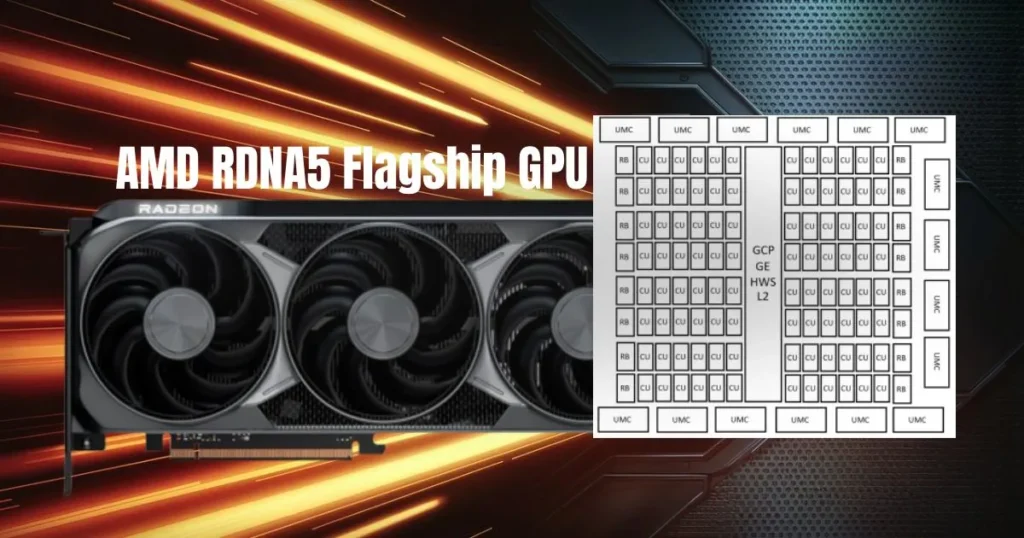AMD’s Potential Comeback: Rumored RDNA5 Architecture Details Emerge
New rumors from reliable hardware leaker Kepler have sparked excitement about AMD’s next-generation RDNA5 graphics architecture. After the scaled-back ambitions of the upcoming RDNA4-based RX 9000 series, these leaks suggest AMD is planning a significant return to the high-end GPU market with a flagship design that could finally challenge NVIDIA’s dominance in the enthusiast segment.

The most tantalizing detail is the mention of an “AT0” flagship GPU. This chip is rumored to be built with a monstrous 512-bit memory bus—a feature that would provide immense memory bandwidth, a critical factor for gaming at ultra-high resolutions and for AI workloads. For comparison, NVIDIA’s current top consumer GPU, the RTX 4090, uses a 384-bit bus.
The leak also points to a configuration of 96 Compute Units (CUs). If this holds true, it would represent a substantial increase in raw processing power over current and expected next-gen offerings. The architecture is described as organized into 8 Shader Arrays, each containing multiple Shader Engines and Compute Units.
A Full Lineup to Compete
The rumors don’t stop at the flagship. Kepler outlines a potential full stack of RDNA5 GPUs:
- AT2 GPU: A potential high-end contender with 40 CUs and a 192-bit memory bus.
- AT3 & AT4 GPUs: More efficiency-focused chips, potentially utilizing LPDDR5X memory, which would require more memory controllers and could be aimed at laptops or small form-factor systems.
This suggests AMD is designing RDNA5 from the ground up to be a comprehensive architecture covering everything from flagship desktop monsters to mobile solutions, a stark contrast to the more focused, mid-range approach of RDNA4.
The Road Ahead is Long
It is crucial to temper excitement with a heavy dose of realism. The leaker emphasizes that these designs are still on paper; there is no indication that AMD has taped out any RDNA5 silicon yet. This means specs, naming conventions (whether it’s called RDNA5 or UDNA), and even the final product stack are all subject to change.
The existence of these plans, however, signals AMD’s intent. By skipping a direct high-end fight with RDNA4, the company may be focusing its engineering resources on making RDNA5 a truly competitive architecture across the board, aiming to launch a proper flagship GPU that can go head-to-head with NVIDIA’s best.
Also, Read
- AMD FSR4 Source Code Accidentally Leaked – Then Pulled in SDK 2.0 Shakeup
- First AMD Radeon RX 9070 XT Reports Melted Power Connector – Here’s What Happened
- AMD Accidentally Releases FSR4 Source Code – Open-Source Status May Be Irreversible
The Bottom Line
While it’s too early to know if these specs will materialize, the rumors paint an promising picture for the future of GPU competition. If AMD can deliver a flagship with a 512-bit bus and 96 CUs, it would mark a powerful return to the high-end arena, giving gamers and creators a compelling alternative and potentially pushing innovation and value forward for everyone.